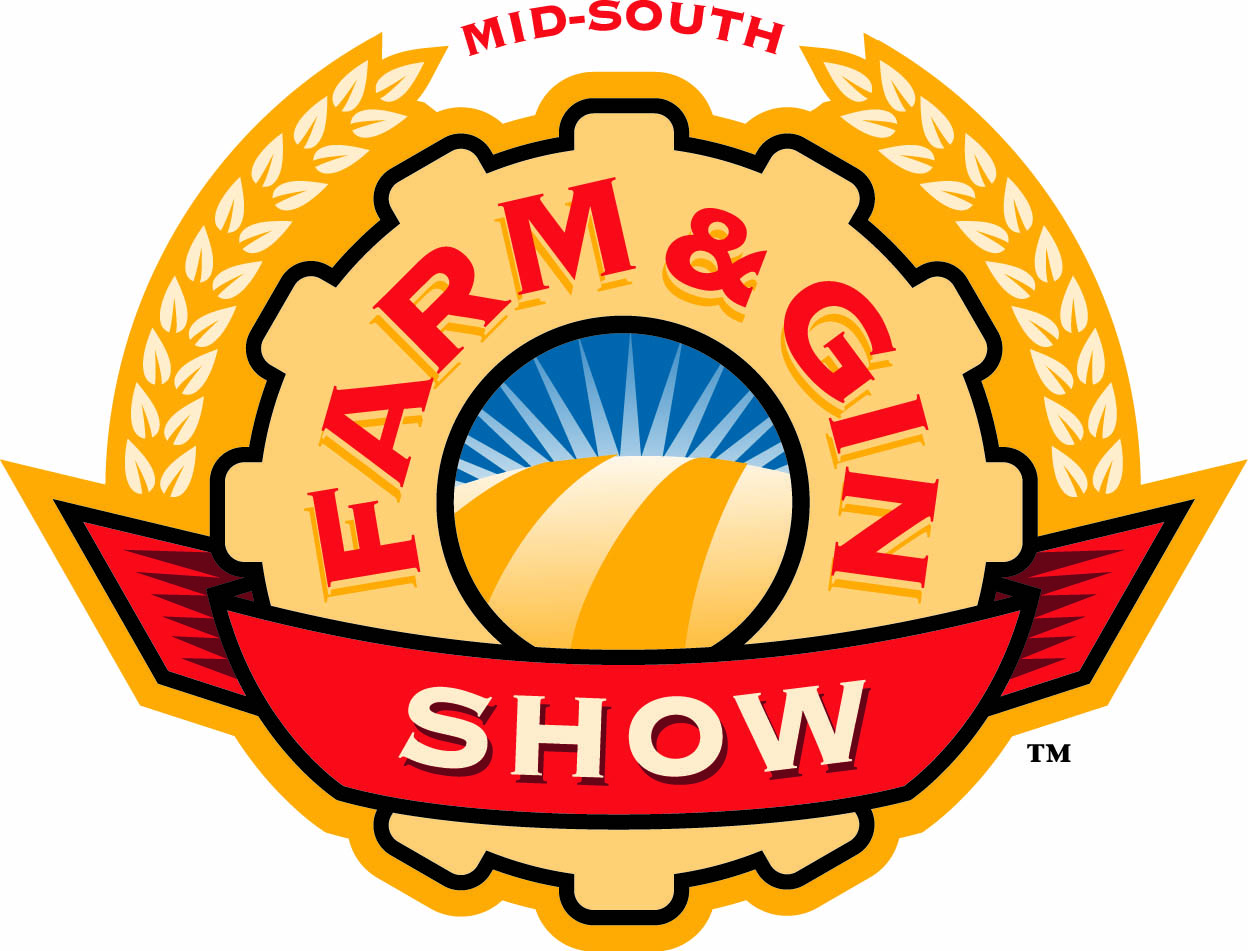Keeping Cotton on the Forefront
By Mark H. Stowers
In 1967, the Southern Ginners Association was created. Actually, it was the combination of existing Ginning Associations that covered five southern states – Arkansas, Missouri, Louisiana, Mississippi and Tennessee.
“State associations came together and basically we formed a five state 501C6 Trade Association Organization,” says Executive Director Tim Price. “We are a promoter. A watchguard or advocate for the cotton ginning sector.”
The watchguard advocacy Safety program consists of certifications, training and audits of gins throughout its membership. Price noted there are 120 gins across the five states.
“We hold training seminars, safety meetings and sessions,” he says. “We do a lot of that as services but anytime there is a legislative or regulatory issue that impacts the cotton gin sector and those are mostly owned by cotton farmers so we are working on issues that affect cotton farmers.”
Keeping up with Federal OSHA Regulations, Department of Transportation rules and laws and specifications in such things as even cotton bale wrap.
“We are advocating for advancing of technology of cotton gin harvesting,” he says. “One of the things we are most known for is the trade show – The Gin Show. Now it’s the Farm and Gin Show.”
The annual free event has been quite successful with this past year having come back from the previous COVID year virtual show.




“We probably had 350 companies represented there and sixty-one were vendors who had not exhibited before,” he says. “And, that shows a healthy agri-business sector. Soil health, soil treatment, irrigation, planting the quality and size and ability of seeds. All of the inputs and safety of the harvest all the way up to getting the cotton sold.”
The show brings together “under one roof, all the technology that folks who want to stay up to date to learn about new ideas, learn about solutions to issues and tell manufacturers, here’s what you need to work on. That has become a progressive tradition. We’ve had seventy of those,” says Price.
Price and his staff keep up with the industry by constantly monitoring both state and federal guidelines.
“We have to continually monitor legislation and regulation and make sure our gins are aware of here are the rules for overtime, for workman’s comp, for health and safety – all of those things are in a safety manual that we put out in both digital and print,” says Price. “We are always advocates for the industry. We encourage folks to invest in quality products and quality standards for everything involved in the cotton ginning sector.”
He noted that they always look for product research to support as well as keep up with five different state levels of regulations as well as federal ones.
“The idea is to operate in such a safe, sustainable way so there is less and less need for someone to regulate you,” he says. “Adopt and advocate best management practices on all levels of your organization.”
This involves immigration, H2A Workers and much more.
“We try to encourage progressive, best practices and management at the gin. Be an advocate and watchdog,” he says.
The organization also keeps up with other ginning associations through the National Cotton Ginners Association that helps its more than 600 active gins across the United States.
“In the Delta, farmers who were large enough used to gin their own cotton and some of that remains,” he says
